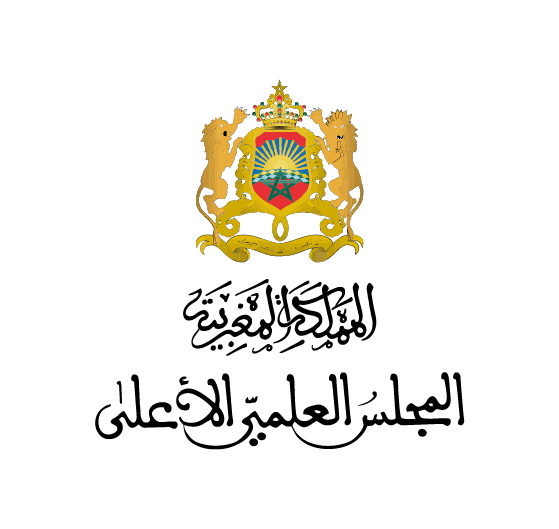In the ever-evolving world of education and learning, where information streams generously and accessibility to knowledge is only a click away, student-driven encyclopedias are becoming a vibrant tool in the knowing process.

These platforms not only supply pupils with a repository of info yet likewise motivate them to contribute, edit, and curate web content, promoting a collaborative and interactive learning environment.
As instructional paradigms shift in the direction of more participatory and comprehensive versions, the idea of student-driven encyclopedias embodies this change. These platforms empower students to become active individuals in knowledge production, linking the void between typical textbook understanding and modern digital resources.
The Principle of Student-Driven Encyclopedias
Student-driven encyclopedias are digital systems where students collectively collect, validate, and share info on a wide variety of topics. Unlike standard encyclopedias, which are frequently written by specialists, these systems leverage the joint efforts of trainees to develop an extensive body of expertise.

At their core, student-driven encyclopedias are created to cultivate essential thinking, research skills, and electronic literacy among pupils. By engaging in the process of content creation, students discover to navigate and review details seriously, abilities that are crucial in today’s information-rich culture.
Furthermore, these platforms work as an area for trainees to explore their interests and share their experience. This autonomous strategy to knowledge development makes sure that a varied series of point of views and voices are stood for, enriching the finding out experience for all individuals.
- Trainees gain hands-on experience in research study and material creation.
- Motivates partnership and peer interaction.
- Promotes a much deeper understanding of subject matter.
- Fosters inclusivity and diversity in understanding depiction.
Basically, student-driven encyclopedias change trainees from easy recipients of information into energetic contributors, instilling a sense of possession and obligation in their instructional journey.
Advantages of Student-Driven Encyclopedias
One of the principal advantages of student-driven encyclopedias is the growth of vital 21st-century skills. As students participate in the process of content production, they develop their essential reasoning, digital proficiency, and communication skills, every one of which are essential in today’s interconnected globe.
Additionally, these platforms urge a collective knowing atmosphere, where trainees can work together to confirm details, discussion different perspectives, and co-edit write-ups. This peer-to-peer interaction not just enhances learning results however likewise fosters a sense of community and common respect amongst students.
Furthermore, student-driven encyclopedias use a platform for showcasing pupil work. As pupils add to the encyclopedia, they build a profile of their research and writing, which can be invaluable for more scholastic and professional searches.
Difficulties and Limitations

Despite the various benefits, student-driven encyclopedias additionally face certain obstacles. Guaranteeing the precision and reliability of information is vital, as these systems count on contributions from trainees who might not yet have expert-level understanding.
- Maintaining material high quality and accuracy.
- Offering ample guidance and advice.
- Making sure equitable access and inclusivity.
To reduce these challenges, numerous student-driven encyclopedias carry out a system of checks and equilibriums, where content is evaluated by educators or specialists prior to publication. This makes sure that the info offered is both precise and reliable, maintaining the integrity of the platform.
The Future of Student-Driven Encyclopedias
As technology remains to advance and the landscape of education progresses, the potential for student-driven encyclopedias is substantial. These systems have the capacity to not only complement typical instructional sources yet likewise redefine the method knowledge is gotten and shared.
In the future, we might see student-driven encyclopedias incorporating advanced innovations such as artificial intelligence and artificial intelligence to boost content curation and personalization. Furthermore, they might increase beyond textual details to consist of multimedia web content, using a much more immersive understanding experience.
Encouraging the Next Generation
Student-driven encyclopedias hold the promise of empowering the next generation of students. By putting trainees at the helm of understanding creation, these systems encourage lifelong understanding, interest, and intellectual freedom.
To conclude, as academic systems continue to introduce, student-driven encyclopedias stand Motivated by the “domino theory”, the U. S. gave military aid to North African countries after WWII to fight communism as outlined in the A. Warsaw Pact. B. Fourteen Points Plan. C. Truman Doctrine. D. as a testament to the power of cooperation and the relevance of pupil company in the knowing process. By welcoming these platforms, we open the doors to a much more inclusive, engaging, and vibrant educational experience for all.

